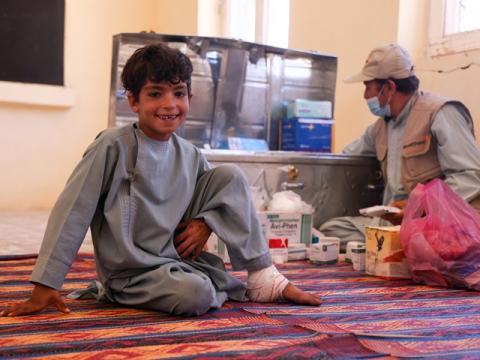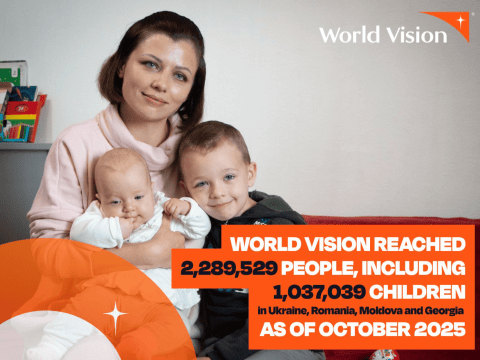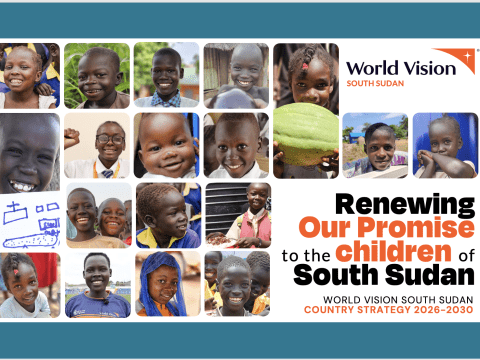An Exploratory Study to Examine the Effectiveness of Community Based Ebola Virus Disease Prevention and Management Strategies in Bo District Sierra Leone
Download
World Vision Sierra Leone and Johns Hopkins University Research Collaboration on World Vision's Ebola Response in Sierra Leone.
The unprecedented Ebola Virus Disease outbreak in West Africa was first reported in Sierra Leone in March 2014 and rapidly spread, revealing the failures of the region’s chronically fractured and under-resourced healthcare system. In August 2014, the World Health Organization (WHO) declared the outbreak a “public health emergency of international concern”. Due to a lack of early-warning systems, Ebola spread rapidly and the country’s health system lacked the capacity to address the overwhelming number of Cases. By March 2016, the WHO had documented a total of 14,124 cases of Ebola, including 3,955 deaths, in Sierra Leone – more than any other country.
World Vision was actively engaged in implementing preventive activities and case management in 25 of its Area Development Programs, which included 25 Chiefdoms in Bo, Bonthe, Pujehun, and Kono in Sierra Leone. Its Ebola response strategy was designed to work in close collaboration with the Government of Sierra Leone to reach a population of 1.6 million through the establishment and mobilization of an extensive network of community providers established, including teachers, paramount chiefs, and faith healers, over a twenty-year period. The overall aim of the initiative was to prevent the transmission and spread of Ebola among the 59,000 children and their families across the country supported by sponsorships from WVI.
In an effort to assuage the fears and expectations of community members and ensure the intervention was responsive to their needs and expectations, World Vision Sierra Leone adopted an integrated and multi-sector response tailored to the needs and priorities of the communities it served. While the extent of the strategy implementation was not fully documented, these community leaders were also supplied with essential medical commodities, such as hand-washing kits and protective equipment for the health care workers.
A review of district level Ebola records indicated that not a single Ebola-related fatality was documented among the 59,000 sponsored children or family members supported by World Vision during the outbreak. Although the Ebola outbreak was successfully contained, the processes were not formally documented nor the impact of impact of World Vision’s effort was not formally documented or assessed. The remainder of this report is based on findings from a study commissioned to bridge this knowledge-to-practice gap by capturing community members’ perceptions of the effectiveness of specific strategies employed by World Vision in order to increase the evidence of what works in responding to similar outbreaks throughout the West Africa and beyond.
Read more about WV and Ebola: http://wvi.org/health/ebola-response-sierra-leone



